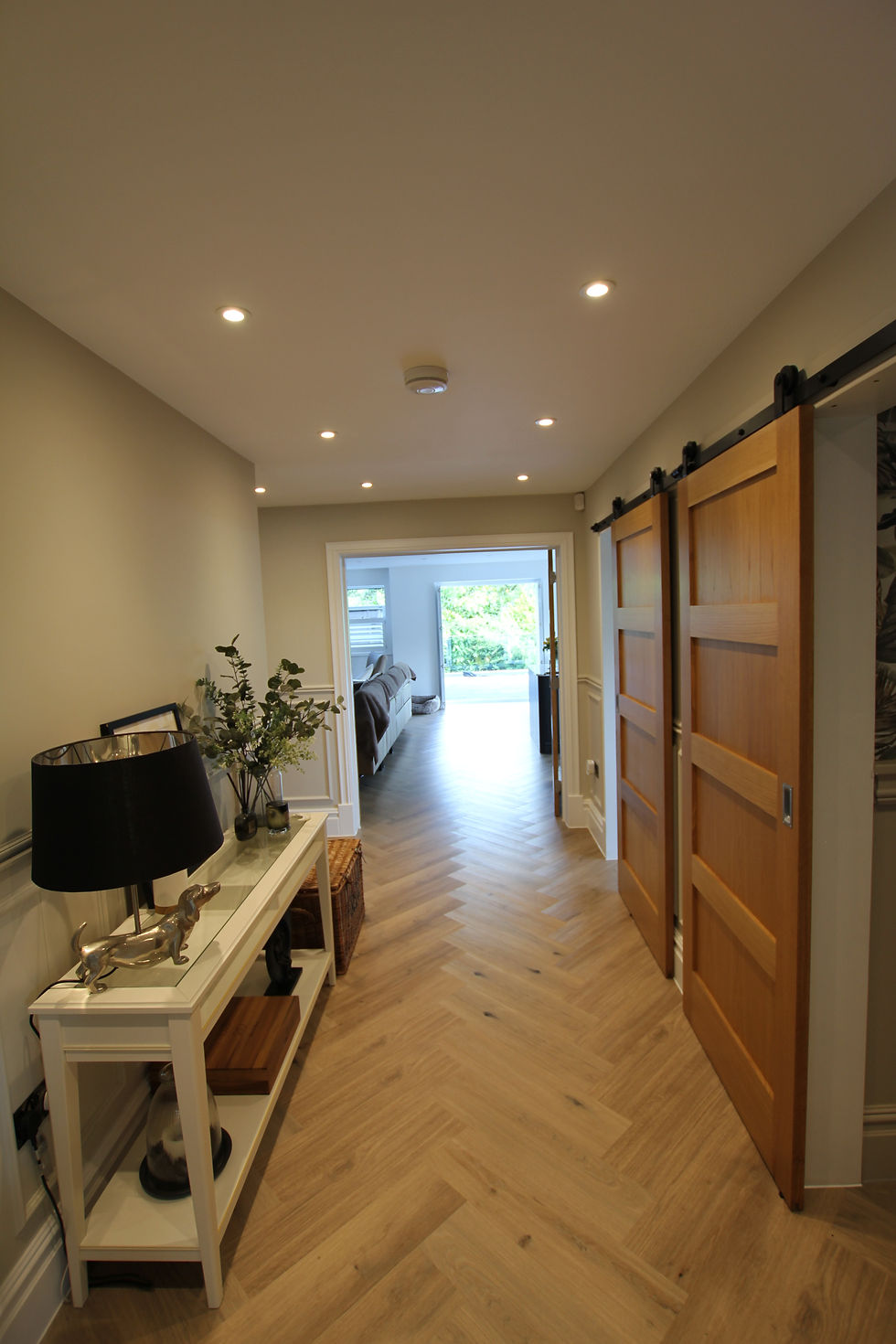The Emotional Architecture of Home: Designing Spaces That Feel Right
- Karenna Wilford

- 5 days ago
- 2 min read

Great design doesn’t just work well—it feels right. The most successful homes don’t simply meet a list of requirements; they connect with us on an emotional level. Whether it’s a calming view, the play of light across a timber floor, or the proportions of a quiet reading nook, architecture has the power to shape how we feel.
At Karenna Wilford Architects, we design with more than function in mind—we design for feeling. Here’s how emotional architecture can transform a house into a home.
1. Light and Mood

Natural light is one of the most powerful tools in emotional design. It influences circadian rhythm, mental clarity, and overall wellbeing.
South-facing rooms for bright, energising spaces
Rooflights and clerestory windows for uplifting daylight in deeper areas
Dimmable artificial lighting to support evening calm and relaxation
Light should support your rhythm, not just your floorplan.
2. Spatial Flow and Psychological Ease In Your Home

The way we move through a space affects how safe and supported we feel in it.
Clear sightlines create openness and security
Gradual transitions from public to private areas encourage comfort
Spatial hierarchy helps define moments of pause, play, and peace
A home should guide you intuitively—not leave you disoriented.
3. Materials that Ground and Soothe

Texture and tone are powerful triggers of emotional response.
Natural materials like timber, clay, and stone offer warmth and tactility
Soft finishes and matte surfaces reduce visual noise
Colours rooted in nature promote calm, connection, and familiarity
The right materials create a sensory landscape that nurtures.
4. Acoustics and Quiet Comfort

Noise—whether from inside or out—can shape how we experience a space.
Soft furnishings and textured surfaces absorb sound
Room layouts that buffer quiet zones from busy ones
Thoughtful detailing that reduces echoes and sharp acoustics
Quiet homes feel calmer, even when they’re full of life.
5. Spaces with Personal Meaning

A home should reflect your life story, not just a style.
Windows positioned for favourite views or sunrises
Reading nooks, gallery walls, or family rooms created with intention
Spaces designed around your hobbies, values, and routines
Architecture is at its best when it tells your story back to you.
Conclusion
Emotional architecture is about more than aesthetics—it’s about experience. It’s how a hallway can soothe anxiety, how a view can lift your mood, and how light and texture can support how you want to feel at home.
At Karenna Wilford Architects, we believe that homes should be more than beautiful—they should feel intuitively you. If you’re ready to design a space that truly reflects how you live and feel, get in touch with us today.




Comments